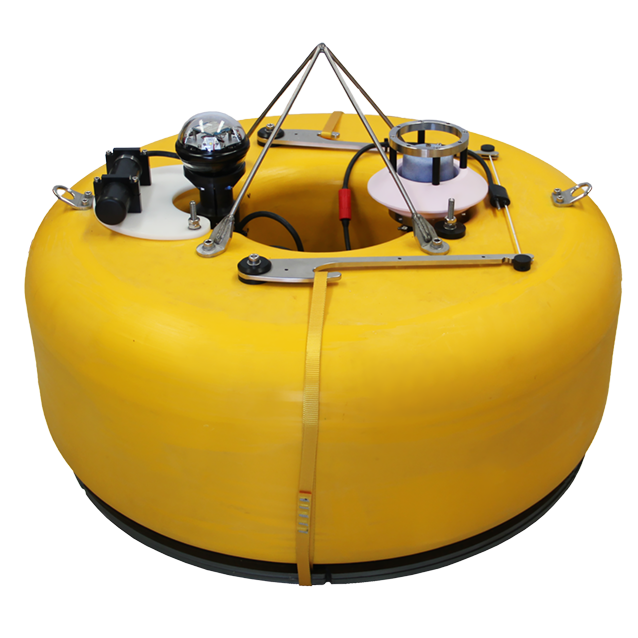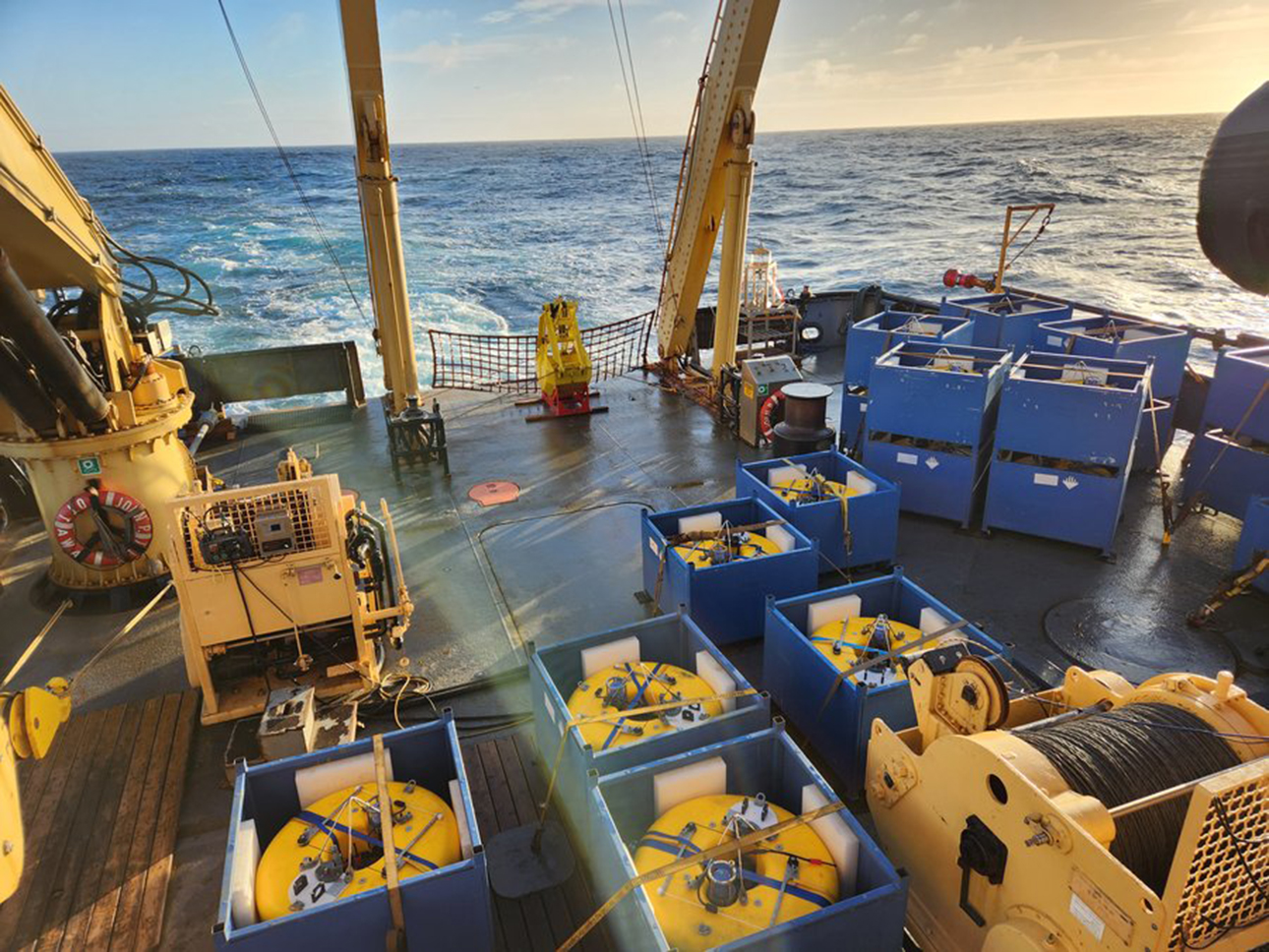Summary
Situated in Canada and based at Dalhousie University, The National Facility of Seismological Investigations (“NFSI”) is supported by a partnership of ten universities from across Canada. The NFSI operates a pool of 120 Güralp Aquarius broadband ocean bottom seismometers (BBOBS) systems. These state-of-the-art BBOBS are available for innovative research investigations across the world’s oceans, inland seas, and lakes. Based at Dalhousie University, the NFSI laboratory provides instrumentation and data preprocessing services worldwide and maintains a repository of ocean-based seismic data.
Monitoring and understanding faults are important for providing earthquake warning and mitigating seismic hazard and risk to an area.
In 2023 the NSFI undertook a busy year deploying 56 broadband BBOBS across three research projects in three oceans. Aquarius BBOBS were deployed within the St Lawrence seaway over the Lawrence seismic zone; off the north end of Vancouver Island over the Revere-Dellwood Fault; and over the Hikurangi Locked Zone, New Zealand’s largest fault and subduction zone.
Project requirements
The research projects require instrumentation that can be deployed for a few months up to a year and at depths of up to 6000 metres. For maximum flexibility, the compact BBOBS can be winched onto vessels for transportation to the desired location, before being deployed in a freefall manner without the use of ROV. As a pool of autonomous offshore sensors, it is essential that the return rate of the instruments is high.
Figure 2. Deck crew of R/V Tangaroa deploying Aquarius off-shore New Zealand. Photo courtesy of Katie Bosman
Güralp solution
The Aquarius broadband ocean bottom seismometer
With the development of wave glider, buoy and UAV technology, there are a growing number of data collection methodologies that are compatible with Aquarius that aim to resolve complex ocean research challenges.

Figure 3: Aquarius ocean bottom seismometer
2023 Deployments
Lower St Lawrence Seaway Deployment
The Lawrence Seismic Zone (LSZ) is a region within eastern Canada that is seismically active. Along the St. Lawrence Valley there is thought to be a zone of weakness between two re-activating old faults and analysis has shown that most of the earthquakes within the LSZ occur beneath the St Lawrence River, however few faults are mapped within the region.
Between September 26th and 29th, eight Aquarius were deployed in the St Lawrence River estuary by NFSI. Dalhousie University jointly deployed 48 nodal land stations along the north and south shores of the river during mid-September to mid-October 2024. The planned recovery is due to take place during the Spring of 2024.Figure 6. Instrument locations for the Lower St Lawrence Seaway project. The blue triangles are OBS. The green triangles are land nodal stations.
PACSAFE Deployment
Figure 7. Yellow triangles denote the locations of OBS deployed for PACSAFE Leg 1.BS. The green triangles are land nodal stations.
ELVES Deployment
Figure 8. Green triangles show the deployed locations of OBS for the ELVES I project
Outcome
The 56 Aquarius deployed in 2023 by NFSI are gaining insight into ocean bottom seismology across Canada and New Zealand, already recording Mw 3+ earthquakes shortly after deployment.
Data from the 56 Aquarius will form the basis for increased understanding of seismic risk in each of the deployment locations. As pool instruments, following their recovery, these instruments will then be available for redeployment on further research projects.
Through their Marine Seismology Workshops, the NFSI have developed institutional communities (primarily students and post-docs) on various topics surrounding Aquarius including, marine seismology, hands-on data analysis, field demonstration and recovery.








